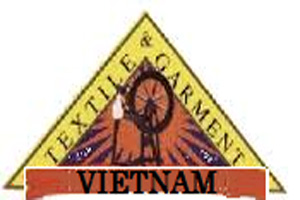
Vietnam might face challenges to take complete advantage over TPP
YarnsandFibers News Bureau 2014-04-03 16:10:00 – VietnamVietnamese products are made from material imported from China with the Trans Pacific Partnership (TPP) agreement which will be finalized this year to foresee ‘yarn forward’ principle. China not being a member of TPP, Vietnamese garment companies will not be able to take complete advantage of the low tariff due to the ‘yarn forward’ principle in TPP agreement.
According to the Vietnam Textile and Apparel Association (Vinatas), Vietnam will need more than 10 billion meters of fabric every year in the next 10 years. Vietnam can make out 5 billion meters at maximum, even if it makes appropriate investments. This means that Vietnam will be still short be another 5 billion meters of fabric every year which will have to be imported.
In order to overcome the problem, Vietnam will have to make heavier investments in the textile and dying sectors. The major obstacle that holds back investors for investing into textile and dying projects is the high requirement on the waste water quality.
Many local authorities nowadays are reluctant to investment in textile projects due to the fear for the environmental pollution. While, enterprises have stated that they would be willing to develop dying factories, provided the State gives the support to treat waste water.
According to Vinatex, the biggest textile and Garment Corporation, investors will have to invest around $20-30 million to build a textile & dying factory, which is much higher than the investment rate for a garment workshop, about VND1-2 billion.
However, Vietnamese garment companies feel buoyant about their future with the orders flowing in from the US, also a member of TPP. Moreover, a lot of US importers have shifted to place orders with Vietnamese companies instead of Chinese with TPP still under the negotiations.
Market Intelligence
Ask for free sample Report

experience
Customer Base
dedicated team
Countries Served Worldwide









